Increased Focus on Home Baking
The Frozen Dough Market is benefiting from an increased focus on home baking. As more individuals engage in baking as a hobby, the demand for frozen dough products has risen. This trend is particularly evident among younger demographics who view baking as a creative outlet. Market Research Future suggests that the home baking segment has expanded by approximately 6%, as consumers seek convenient solutions that allow them to create homemade baked goods with ease. Frozen dough products provide an ideal solution, offering the convenience of ready-to-use dough while allowing for personalization and creativity in baking. This growing interest in home baking not only supports the Frozen Dough Market but also encourages consumers to experiment with various recipes and flavors.
Expansion of Foodservice Sector
The Frozen Dough Market is significantly influenced by the expansion of the foodservice sector. Restaurants, cafes, and catering services increasingly incorporate frozen dough products into their menus, recognizing the efficiency and consistency these items provide. The foodservice sector has been projected to grow at a compound annual growth rate of around 5%, which directly impacts the demand for frozen dough. Establishments benefit from the ease of use and reduced preparation time associated with frozen dough, allowing them to focus on quality and customer service. This trend is particularly pronounced in fast-casual dining, where speed and quality are paramount. As the foodservice industry continues to evolve, the reliance on frozen dough products is likely to increase, thereby bolstering the Frozen Dough Market.
Innovations in Product Offerings
Innovations in product offerings play a crucial role in shaping the Frozen Dough Market. Manufacturers are increasingly developing new flavors, textures, and formulations to cater to diverse consumer preferences. This includes gluten-free, organic, and whole grain options, which appeal to health-conscious consumers. Recent market data indicates that the gluten-free segment has seen a growth rate of approximately 10%, reflecting a shift in consumer demand towards healthier alternatives. Additionally, the introduction of artisanal frozen dough products has gained traction, as consumers seek premium quality and unique flavors. These innovations not only enhance the product range but also attract a broader customer base, thereby driving sales and market growth. The Frozen Dough Market is thus witnessing a dynamic transformation, fueled by continuous product development.
Rising Health and Wellness Trends
The Frozen Dough Market is increasingly influenced by rising health and wellness trends. Consumers are becoming more health-conscious, seeking products that align with their dietary preferences and nutritional needs. This shift has prompted manufacturers to develop frozen dough options that are lower in calories, sugar, and unhealthy fats. Recent data indicates that the demand for healthier frozen dough products has increased by approximately 7%, reflecting a broader trend towards wellness-oriented food choices. Additionally, the incorporation of functional ingredients, such as whole grains and superfoods, is becoming more prevalent in the market. As consumers prioritize health and wellness, the Frozen Dough Market is likely to adapt by offering a wider array of nutritious options, thereby enhancing its appeal to a health-conscious audience.
Rising Popularity of Ready-to-Bake Products
The Frozen Dough Market experiences a notable surge in the popularity of ready-to-bake products. Consumers increasingly seek convenience in meal preparation, leading to a heightened demand for frozen dough items that require minimal effort. This trend is particularly evident in households where busy lifestyles necessitate quick meal solutions. According to recent data, the ready-to-bake segment of the frozen dough market has shown a growth rate of approximately 8% annually. This shift towards convenience not only caters to time-strapped consumers but also aligns with the broader trend of increasing home cooking, as individuals look for ways to enjoy homemade meals without extensive preparation. As a result, manufacturers in the Frozen Dough Market are innovating to offer a diverse range of ready-to-bake options, further driving market expansion.


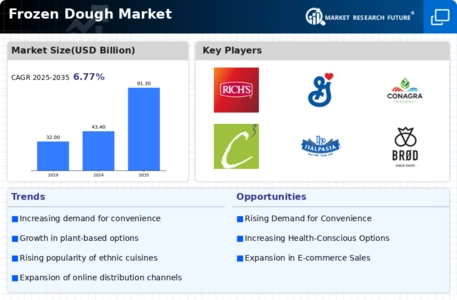

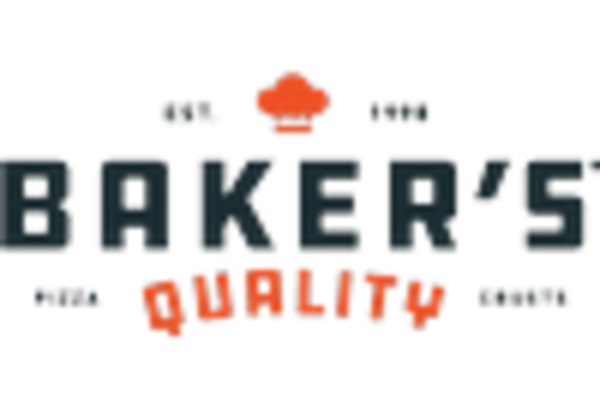

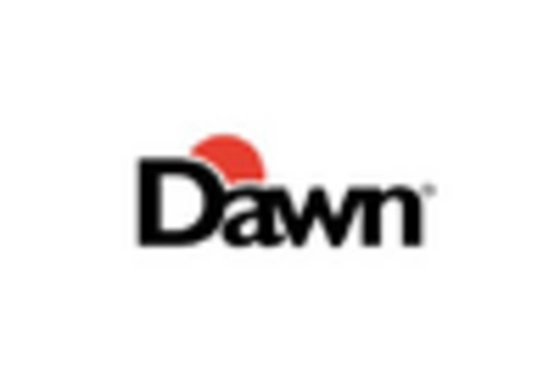

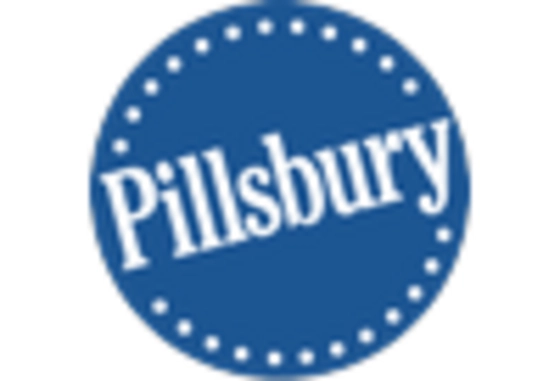
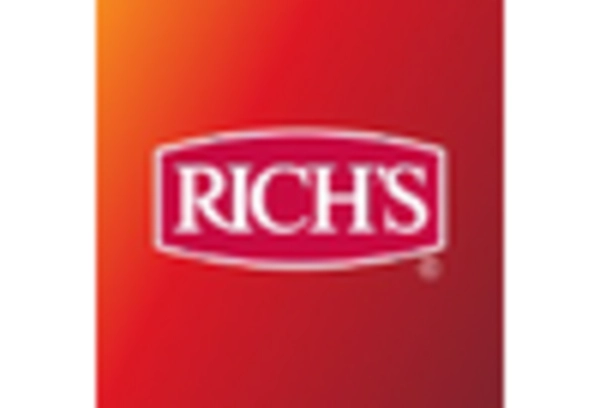








Leave a Comment